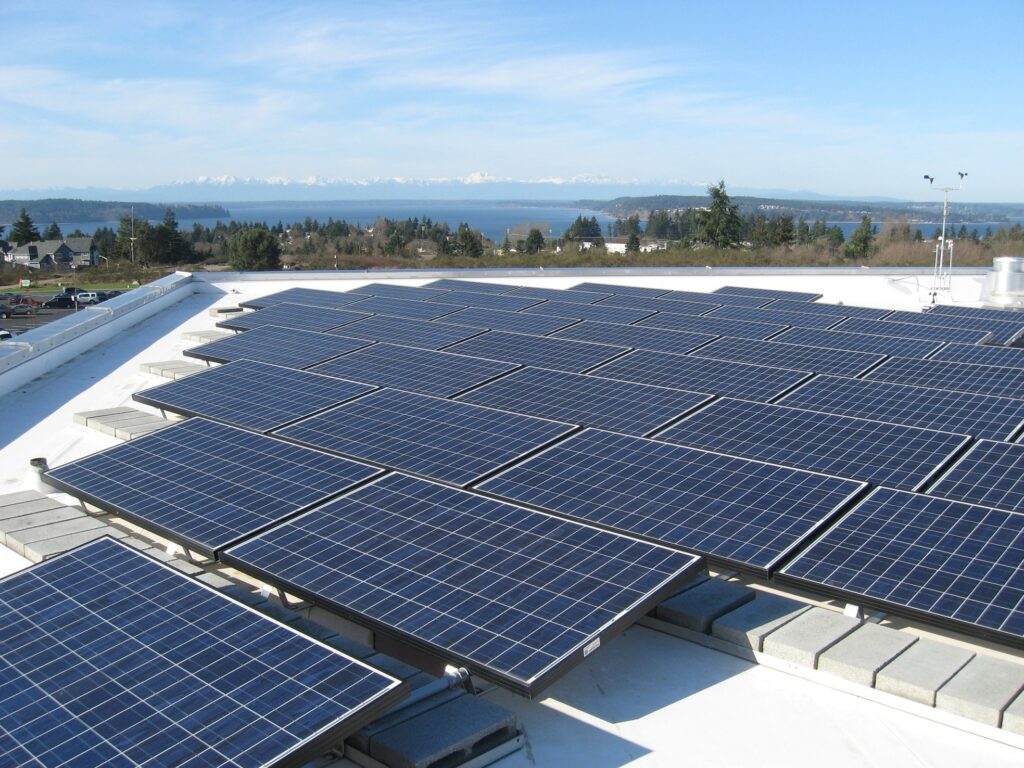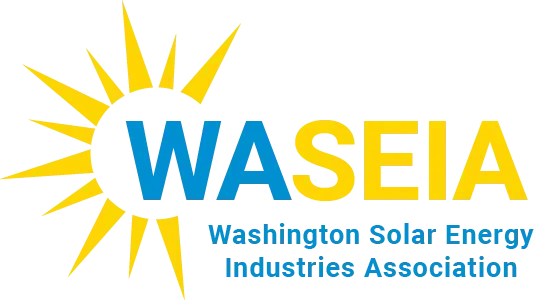
Coal’s Going “Poof” In Washington
We’re witnessing and experiencing a global transformation from a mostly fossil-fuel based electrical generation and transportation lifestyle, to one with significantly reduced C02 emissions via renewable energy (wind, solar, hydropower) and electric vehicles. We’re seeing this change occur locally in Centralia, Washington, home to a coal-burning electrical power generation station since 1971. TransAlta currently runs the facility, transporting and burning 5 trainloads of coal everyday to help meet the energy needs of Puget Sound Energy, which must remove coal from it’s Washington energy fuel mix by 2025.
When TransAlta fully phases out of their Centralia coal plant in 2025, as part of Washington’s effort to reduce carbon emissions, the electrical generation the plant provides must be replaced. Displaced workers need new jobs. Over 600 workers lost jobs in mining (in 2006) or when one electrical generation plant shut down in 2020. There are 115 workers remaining at the coal plant.
Things Are Changing – Follow The Money
Environmental issues, CO2 emissions leading to Climate Change are part of the shift toward renewables but economics now clearly favor renewable energy over fossil fuels – as seen in the following tables. The cost of solar has dropped tremendously and its faster and cheaper for utilities to install solar than any other form of electrical generation.
Solar is now the cheapest form of new electrical generation in history. Even so, solar production in the PNW in wintertime is challenging so it’s not a standalone solution. With the modernization of communications and controllers, a mixture of existing energy sources, wind, solar, hydropower, battery storage and pumped hydropower can all be integrated and deployed to meet the demands on our electrical grid. The centralized electrical grid is changing into a dynamic, decentralized grid that’s more secure and stable.
Using existing power plants’ interconnection to the main electrical grid can significantly reduce the need and costs of new, massive infrastructure investments in electrical transmission.
Over a recent 10-year span, solar prices decreased 89% and onshore wind dropped 70% in price. Nuclear was the only energy source which became more expensive. Fossil fuel costs also dropped but nowhere near as substantially as solar and onshore wind.
Healthier Infrastructure For All
Coal mining is one of the dirtiest and unhealthy professions. It’s harmful to employees (black lung disease) and our community during the extraction, transportation and when burned, in the form of carbon emissions that are contributing to Climate Change and more severe and frequent weather events.
In contrast, solar installers work above ground, in fresh air with non-toxic materials. When solar panels reach their end of life, they can be recycled which further reduces their environmental impact. The primary materials in solar panels are highly recyclable silicon cells (sand), glass, (also sand) and frames (aluminum). Solar produces no carbon emissions while being used and most are warrantied for 25 years.
Worker Retraining
Locating new, renewable electrical generation at TransAlta’s Centralia Coal plant is very attractive to utilities as the interconnection and electrical demand is in place, as is a skilled energy-industry workforce. Several companies are positioning themselves to use the Centralia electrical transmission lines, including one targeting hydrogen fuel electrical generation.
There are opportunities for Centralia’s coal energy workers to get retrained so they can start new career pathways. Possible future employers in the budding hydrogen fuel generation industry are interested in opening up in Centralia because of the existing workforce and the access to existing electricity transmission lines.
The transition away from fossil fuels toward renewable energy is creating a cleaner environment along with new business opportunities and career pathways.



